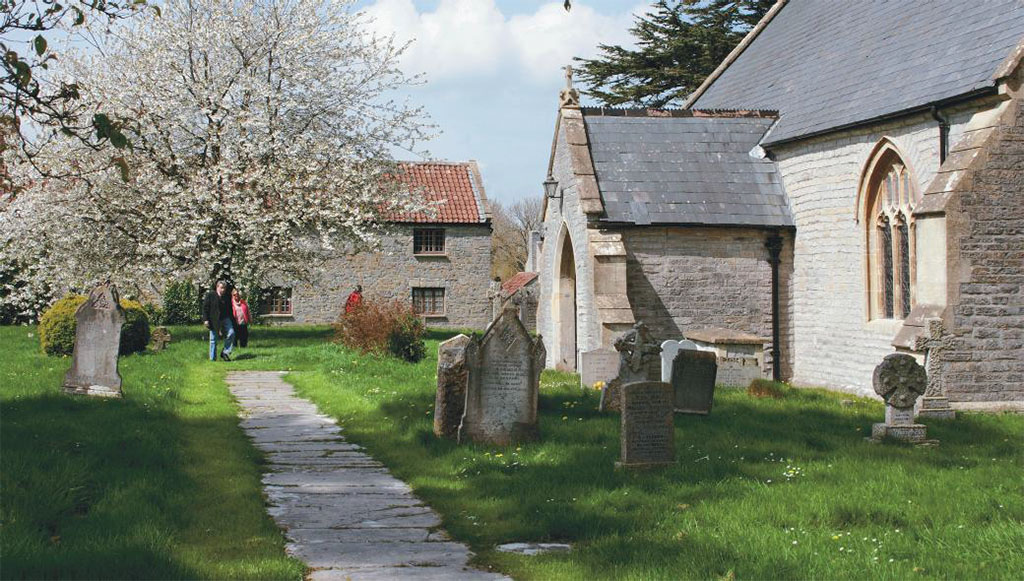
Some shockingly well-preserved 3,000-year-old homes have been discovered at the Must Farm Timber Platform Project, an eight-month excavation by the Cambridge University Archaeological Unit--and they're calling it "Britain's Pompeii."
From the BBC: Duncan Wilson, chief executive of Historic England, explained that "a dramatic fire 3,000 years ago, combined with subsequent waterlogged preservation, has left to us a frozen moment in time, which gives us a graphic picture of life in the Bronze Age...This site is of international significance and its excavation really will transform our understanding of the period."
Yes, it also just looks like some wet old wood, sure. But the charred roof timbers, glass beads, textiles made from plant fibers and pots with meals still inside--how can that be!?--are thrilling archeologists.
“Usually at a Later Bronze Age period site you get pits, post-holes and maybe one or two really exciting metal finds. Convincing people that such places were once thriving settlements takes some imagination," said David Gibson, Archaeological Manager at CAU (via the University of Cambridge). "But this time so much more has been preserved – we can actually see everyday life during the Bronze Age in the round. It’s prehistoric archaeology in 3D with an unsurpassed finds assemblage both in terms of range and quantity."
Watch the video below:
Amateur archeologists and others can track these discoveries by visiting the project's website here.
Source: Cambridge University/BBC/Must Farm









Comments